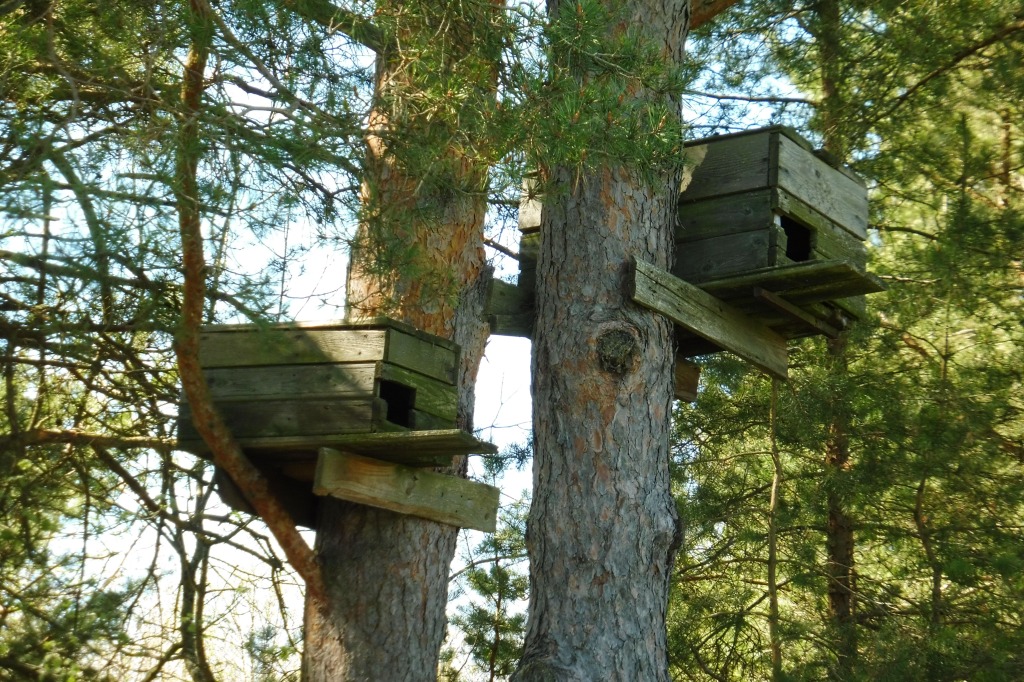
Photo by Anatole Danto.
By Raivo Kalle, Ingvar Svanberg, Meelis Leas, Julia Prakofjewa, Matteo Sartori, Anatole Danto, Achille Schiavone, Hannes Pehlak, Joonas Plaan, Andrea Pieroni, and Renata Sõukand.
This Plain Language summary is published in advance of the paper discussed; check back soon for a link to the full paper.
Birds and humans have lived together since time immemorial, and birds play a very important role in the creation and development of human culture. Most come into direct or indirect contact with birds every day, whether by seeing them flying or swimming, hearing their calls and songs, providing them with food in the winter, or building nesting boxes for them. Our agriculture and food culture are closely intertwined with the care of poultry and the consumption of both their meat and eggs. Nature conservation today places a great deal of emphasis on bird and large protected areas have the precise aim of protecting birds. In addition, there are specific protections for declining bird species.
In our research, we observed and analyzed how, over a long period, wild birds have influenced the culture of Kihnu, a small island in the Baltic Sea, and how this culture has adapted to modern nature conservation. It emerged that the local knowledge of birds on Kihnu is quite rich, containing both spiritual knowledge and beliefs about birds as well as practical knowledge on how to collect bird eggs in the wild and to hunt birds. As a living tradition, the construction of nesting boxes for the Common Merganser, a water bird, has been preserved on the island, where people gather the bird’s eggs for food in the spring. Since the middle of the 20th century, but especially since the start of the 21st century, nature conservation has significantly influenced local traditions. Although in past centuries locals considered the islets in the open sea to be part of their identity, today nature conservation measures prohibit visiting these islets.
Based on our findings, we provide four recommendations for future community-based conservation: 1) the introduction of pluralistic nature protection, including the opinion of local communities in the management of natural resources; 2) the promotion of birds as a means of pest control; and 3) reinforcing the reciprocal coexistence of birds and humans on Kihnu. We advocate for community-centred nature management which takes into consideration Local Ecological Knowledge and its attached expertise, shared responsibility and benefits, sustainable development trajectories, and local community-based governance systems.
Summary in the local language (Estonian)
Ühisvara eest hoolitsetakse: Inimeste ja metslindude kooselu Kihnu saarel, Eestis
Raivo Kalle, Ingvar Svanberg, Meelis Leas, Julia Prakofjewa, Matteo Sartori, Anatole Danto, Achille Schiavone, Hannes Pehlak, Joonas Plaan, Andrea Pieroni, Renata Sõukand
Linnud ja inimesed on olnud koos juba aegade algusest. Lindudel on väga suur tähtsus inimkultuuri tekkes ja arengus. Me puutume lindudega kokku kas kaudselt või otseselt iga päev, nähes neid lendamas või ujumas, kuuldes nende kutseid ja laule, pakkudes neile talvel toitu, ehitades neile pesakaste, jne. Meie põllumajandus ja toidukultuur on tihedalt seotud kodulindude eest hoolitsemise ja nende liha ning munade tarbimisega. Looduskaitses on tänapäeval väga suur rõhk asetatud lindude kaitsele, suured alad on võetud kaitse alla just eesmärgiga kaitsta sealset linnustikku, lisaks on väheneva arvukusega linnuliigid võetud eraldi kaitse alla.
Me vaatlesime ja analüüsisime oma uuringus, kuidas on metslinnud pika aja jooksul mõjutanud ühe Läänemere väikesaare, Kihnu kultuuri ja kuidas see kultuur on kohanenud tänapäevase looduskaitsega. Selgub, et kohalik teadmine lindudest on väga rikkalik, sisaldades nii teadmisi ja uskumusi lindudest kui ka oskusi, kuidas koguda nt looduses linnumune või pidada jahti. Elava traditsioonina on saarel säilinud ühele veelinnule, jääkosklale, pesakastide ehitamine, kust kevaditi korjatakse linnumune omale söögiks. 20. sajandi keskpaigast, aga eriti 21. sajandist alates on kohalike traditsioone mõjutanud oluliselt looduskaitse. Kui varem aastasadade jooksul on kohalikud avamerel olevaid saarekesi pidanud oma identiteedi osaks, siis praegu keelab looduskaitse nendel saarekestel käimise. Anname neli soovitust tulevasele kogukonnapõhisele loodukaitsele: 1) pluralistliku looduskaitse juurutamine, sh traditsioonilise loodusvarade majandamisega arvestamine; 2) lindude tutvustamine kahjurite tõrjujatena; 3) biokultuuripärandi edendamine, tunnustades lindude kultuurilist tähtsust kogukonnale; 4) loomade ja inimeste vastastikuse kooseksisteerimise mõtte tugevdamine Kihnus.